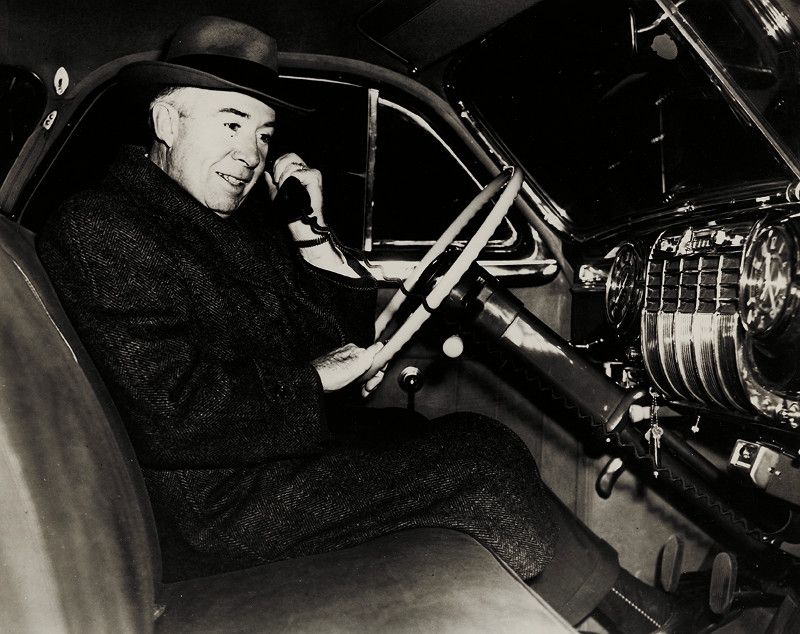
(Motorola Heritage, 1969)
Upon the end of WWII, Galvin Manufacturing Corp. lost their military contracts, but due to the reliability they proved during the war, the company quickly bounced back, changing their name to their previous brand name, Motorola, in 1947. Continuing to innovate, the company branched out into new fields that ultimately contributed to the cell phone's technology. These included the semiconductor industry and the Apollo 11 mission. That expertise was then reflected in the DynaTAC 8000x.
In 1969, during the Apollo 11 mission, the communications technology was supplied by Motorola. “S-band transponders aboard the Apollo 11 lunar module and command module transmitted telemetry, voice communications, biomedical data and television signals between Earth and the moon.” Motorola also supplied the “equipment responsible for range safety and precision tracking on the Saturn V rocket during the launch phase” (Motorola Heritage, N.D.) and broadcast video footage from the moon to television sets (also produced by Motorola) on Earth. This broke all previous transmission range barriers and served as a proof of concept, showing that if people could send and receive a clear signal from the moon, then people could talk to each other from anywhere in the world.

(Motorola Heritage, 1969)
(Aldrin, 1969)
During the moon landing, it was “Motorola equipment [that] enabled millions of people to watch and listen on July 20, 1969, as astronaut Neil Armstrong set foot on the moon--250,000 miles...away—and announced, 'That’s one small step for a man, one giant leap for mankind'"(Motorola Heritage, 1969).
1946
“On October 2, 1946, Motorola communications equipment carried the first calls on Illinois Bell Telephone Company's new car radiotelephone service in Chicago” (Motorola Timeline, N.D.).

Paul Galvin using a car radiotelephone (N.A., 1946)

(Amazo Effect, 1956)
1956
Motorola released their first product with a transistor (made up of semiconductors), a car radio. This allowed the radio to be miniaturized and use less power. This advancement utilized their industry experience with semiconductors.
1958
Motorola released the Golden Satellite television, which included their first remote. This was another addition to Motorola’s extensive research on further improving wireless technology.

(Natalie'sNeatNook, 1958)

(VideoKarma, 2010)
1960
“The 1960 Motorola Astronaut television, a 19-inch model, was the world's first large-screen, transistorized, cordless portable television” (Motorola Timeline, N.D.).